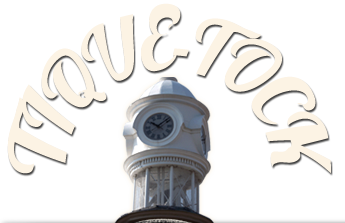 Loading... Please wait...
Loading... Please wait...New Products
- Home
- KITCHEN GADGETS & HOUSEHOLD HELPERS
- 1876-1917 GILLANDER AND SONS, PHIL., PENN. WESTWARD HO GLASS COVERED BUTTER DISH
Product Description
1876-1917 Gillander and Sons, Phil., Penn. Westward Ho covered butterfish
- James Gillinder and Sons, based in Philadelphia, were ahead of the game in glass were excelling in their glassmaking field in America and were asked to be a special part of the 1876 Phileldphia Centennial Exposition. They put up a small glass factory to show off their processes and products, for which this piece found its rightful place as part of glassmaking history.
- It is 9 " x 7 " wide at its widest point
- It Weighs two pounds 13 ounces before packaging
- The base that sits atop a pedestal has a scalloped edge formed around the plate where the butter sits.
- The butter dish is the only one in the pattern that the motif on the lid.
- As part of the American renaissance from 1876-1917, this pressed glass and acid-etched and frosted piece was made around 1878 for people to buy in a pattern originally called " Pioneer," but then changed to " Westward HO." William Gillinders love of glassmaking shines through in this piece. This love started at eight years old when he worked in glass factories in England and you'll find continuing as he delivered lectures about the process at age sixteen, so its no surprise that you'd find him at a cutting edge in America years later with his sons exhibiting at important events.
- Charging buffaloes on the plains, running dear/stag in woodlands and a serene little log cabin with the sun rising in the west in a Native American and early settle natural background like those found across America long ago fill the frosted band around the mid-section of the piece, with the animals and cabin in high relief. Seated at the top of the piece as the final is a magnificent Native American in a headless.
- Although there is no color , the difference in shaded, frosted, etched, and clear glass make the piece so intriguing.















